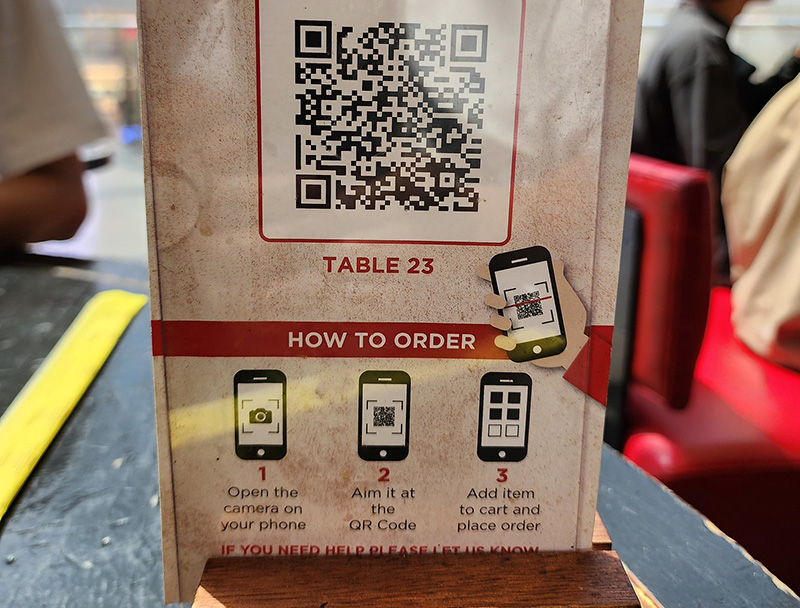Trivia 29 of 30
What does the “QR” in “QR code” stand for?
Quick Response (QR) codes have become an increasingly common sight in marketing, advertising, and even everyday life. These two-dimensional codes store more information than traditional barcodes and can be scanned by smartphone cameras to display text, connect to websites, or even add contacts (wikipedia.org). But where did QR codes come from, and how should you use them in marketing?
History of QR Codes
QR codes were first invented in Japan in 1994 as labels for automotive parts. Their fast readability and ability to store more information than traditional UPC barcodes quickly made them popular outside of the automotive industry as well (wikipedia.org). QR codes are now used in a much broader context, including both commercial tracking applications and convenience-oriented applications aimed at smartphone users.

The QR code was created by a Japanese company in order to better track auto parts. Image: rewo.io
The initial design of the QR code was influenced by the black and white pieces on a Go board, a game that was invented in China over 2,500 years ago (forbes.com).

A typical Go board during play. Photo: Chad Miller (via Flickr)
QR Codes in Marketing
QR codes have become a common sight in consumer advertising. They can be found on almost any object about which users might want information, such as magazines, signs, buses, or business cards (forbes.com). Users with a smartphone and an appropriate app can scan QR codes to display text, contact information, connect to a wireless network, or open a web page in the phone’s browser.

Although QR codes have been around for a long time, there was a resurgence of them during the COVID-19 pandemic. For example, restaurants used them as a way to offer contactless service. Photo: Alpha (via Flickr)
This act of linking from physical world objects is termed hardlinking or object hyperlinking (wikipedia.org). By using QR codes, marketers can increase their conversion rates by bringing potential customers to the exact place online they want them to be, such as a website, a landing page for giveaways and promotions, or even a page where they offer a free download that will increase engagement and build a returning audience (forbes.com).
Best Practices for Creating and Using QR Codes
Before adding QR codes to marketing collateral, it is important to understand how to use them. Here are some best practices to keep in mind:
- Customize but don’t overdo it: You can add your brand colors and logo to QR codes, but avoid over-customizing them. The more you customize your QR code, the harder it can be for phones, especially older ones, to scan it.
- Don’t invert colors or make codes blurry: Avoid inverting colors on your QR code (using a black background with a white QR code, for instance), as some phones can’t process them correctly. The same advice applies to blurry or pixelated codes. Make sure your codes are crystal clear and easily readable.
- Keep the density of your QR codes down: Make sure the link you’re using to create the QR code isn’t too long. The longer the link, the darker and more complex the QR code becomes, and the harder it is for phones to scan.
- Ensure there is white space around the QR code: Add at least a quarter of an inch of white space on all four sides of the QR code. This is also known as quiet space and allows the code to be easily readable by smartphones.
QR codes have come a long way since their invention in Japan in 1994. They have become an increasingly common sight in marketing as they’re a simple way to cut out some of the steps in the consumer journey. By following best practices for creating and using QR codes, marketers can ensure that their codes are easily readable and effectively drive conversions.